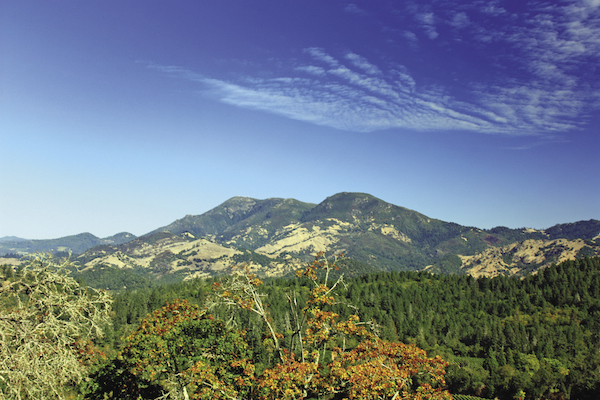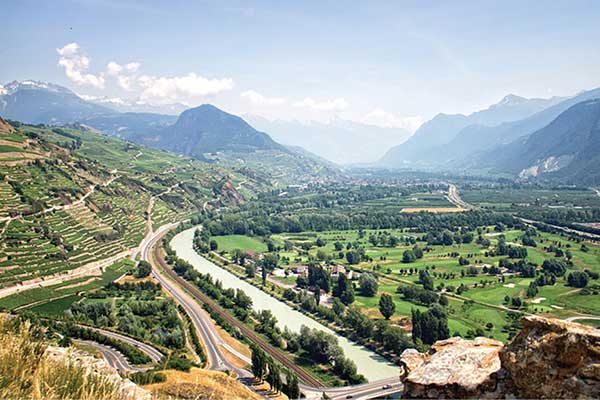A conservation with winemakers Cameron Vawter, from Dana Estates, and Austin Peterson, from Ovid.
With an office in Napa Valley, Fruition Sciences was founded in 2007 after seven years of developmental research on vine sap flow at academic institutions in France and the United States and in the fields of select vineyards. Among those early believers were Dana Estates and Ovid, whose winemakers were of the notion that having a window into the behavior of a vine and how it responds to various input—water a big one—could only benefit the end result in the bottle.
CAMERON VAWTER: We were part of the original Ph.D. project of one of the Fruition Sciences founders back in 2006. I use their software tracking in every single block and sap flow sensors in all the vineyards. It has been instrumental in changing some of our techniques for vine water management.
AUSTIN PETERSON: We too started in 2006. We were keen to see how the vines use water and respond to our various inputs. Technology like this absolutely helps you plant a better vineyard. It improves the farming you are already doing and opens up all sorts of ideas in terms of thinking about establishing a new vineyard that is really dependent on where it is, and what that soil looks like.
CAMERON: The whole reason I moved sap flow sensors into one of my vineyards, for example, was because I was struggling with a block that had a lot of tannins. Sap flow helped us not only deal with our tannin issues but also work that block toward dry farming, which was previously unheard of.
AUSTIN: We are really withholding water from the vines until they actually need it, and then delivering it in a way in which the vines can use it most effectively. The way in which vines use water makes an impact in terms of the quality of the fruit for the potential quality of the wine.
CAMERON: But it doesn’t happen on a dime. Vines need training. Yes, without a doubt I used way less water last year. And so, in general, my vines held up much better through the dry conditions, but that was due to changes we began making in 2007 and 2008. I have vines that have been dry farmed for many years now and they didn’t react very differently this year than they have in the past.
AUSTIN: Over the past few years, we have come to understand that the vines really do react to our inputs, and as a consequence you can adjust an existing vineyard to require less interference from us, whether it be pruning, cover crops, cover load or irrigation. We are of the mindset that the best wines are made with the least amount of intervention. Sap flow sensors have taught us how to tailor those practices to achieve the highest level of quality fruit. It’s not particular to one year, but an ongoing drive.
CAMERON: I agree—the fewer inputs I can use, the more true I can be to a sense of place. Water use in important, yes, but what is paramount is expression of site and place. We make three different vineyard designated wines for the express purpose of reflecting a sense of place.
AUSTIN: Having that window into the behavior of the vine in a relatively objective manner really allows us to improve on the fruit that is coming into the winery so that there are fewer things to do in there, resulting in a better wine.
CAMERON: I have definitely noticed that my sugars and alcohol levels have been decreasing, particularly in the last three years, because the vines are more balanced and the sugar accumulation is happening a little more slowly. That said, Napa Valley was built on sharing and exchanging knowledge so we can all grow better grapes. Austin and I both have been on panels together about Fruition Sciences, and the company holds an annual conference in town in January, called the Vintage Report, to share the latest technical advances.
AUSTIN: We are always happy to share with others how we use Fruition Sciences and why it has changed our thoughts and practices.



